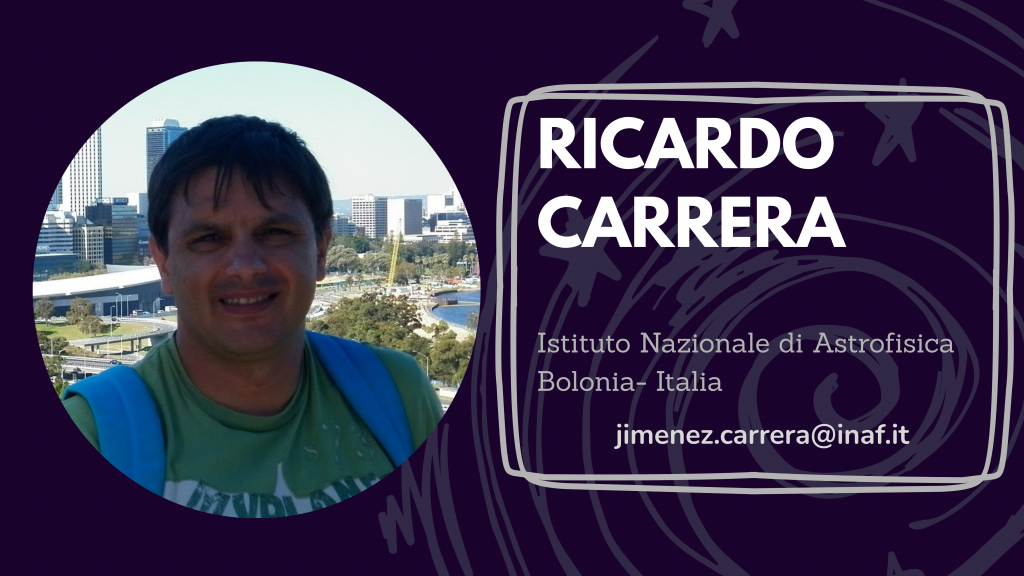Academic Team


Course Content
Type: Compulsory– AC Track – 2nd Trimester
This course offers an in-depth exploration of how stars form, evolve, and end their lives, integrating theoretical models with observational evidence. It begins with the physics of star formation within molecular clouds, introducing the role of gravity, turbulence, and magnetic fields in triggering stellar birth. Students will study the equations governing stellar structure, energy transport mechanisms (radiative and convective), and nuclear fusion processes powering stars at different evolutionary stages.
The programme examines the Hertzsprung–Russell diagram as a diagnostic tool, the classification of stellar populations, and the life cycles of stars of various masses—from low-mass stars like the Sun to massive stars that end as supernovae, neutron stars, or black holes. Special attention is given to binary systems, stellar pulsations, and the interpretation of multi-wavelength and multi-messenger observations.
Hands-on sessions include the analysis of real observational data, enabling students to connect theoretical predictions with actual measurements, and to familiarise themselves with the techniques used in modern astrophysics. This subject provides an essential foundation for advanced study and research in stellar astrophysics and related areas.
Reading List
- The internal constitution of the stars. Arthur S. Eddington. 1926. Cambridge Science Classics.
- Structure and Evolution of the Stars. M. Schwarzschild. 1958. Dover Pub. Inc., New York.
- Principles of Stellar Evolution and Nucleosynthesis. D. Clayton. 1968. McGraw Hill Inc., New York.
- Stellar Structure and Evolution. R. Kippenhahn & A. Weigert. 1990. Springer-Verlag.
- The Stars. E.L. Schatzman & F. Praderie. 1993. Springer-Verlag.
- Stellar Interiors. C.J. Hansen & S.D. Kawaler. 1994. Springer-Verlag.
- Evolution of stars and stellar populations, M. Salaris & S. Cassisi, 2005, John Wiley & Sons.
- An introduction to the theory of stellar structure and evolution, C. J. Hansen, S.D. Kawaler & V. Trimble, 2000, Cambridge University Press.

